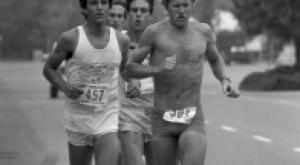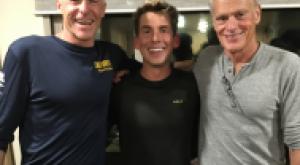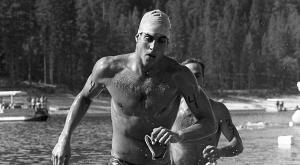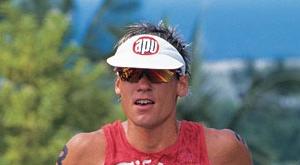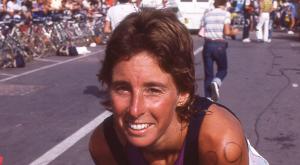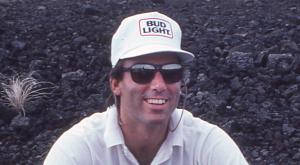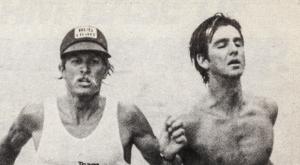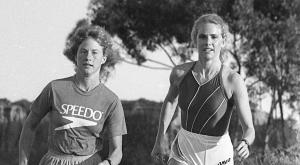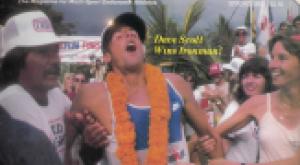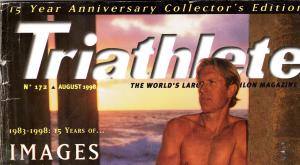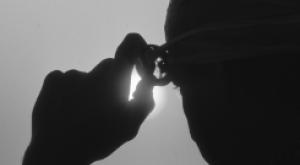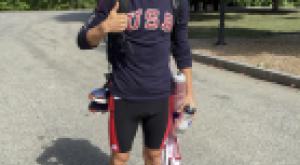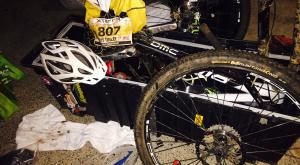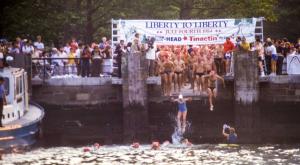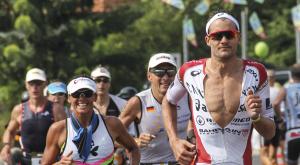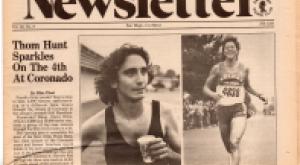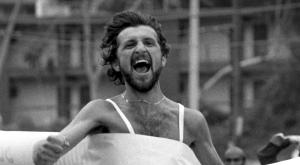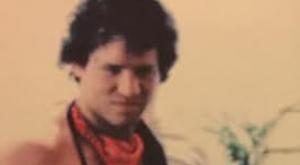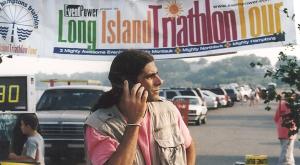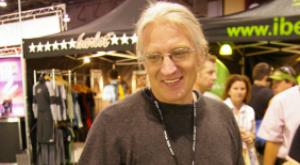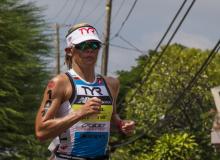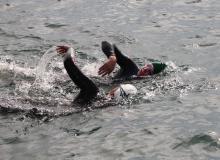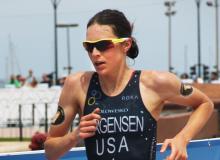Kona Notes – The Real Kona Story
Next time you're in Kona for the Ironman, be sure to dine at least once at the Kona Inn, right in the thick of things on the Makai (ocean) side of Alii Drive. Have the calamari sandwich, and be sure to sit in Susan Shaw's section. Susan, who is 69 years old and acts 35, has been at the Kona Inn since forever, and can tell you stories about every Ironman since the first race on the Big Island in 1981, including a wonderful first-hand account of the last two folks to finish that year: Teiichiro Tsutsumi, in 25:44:02 (yes, 25 hours) and Walt Stack, in 26:20:25. Relations between the locals and the triathletes were still getting worked out back then, but to hear Susan talk about a crew of her friends acting as human bumper rails for the staggering last-finishers is a story you just have the hear for yourself.


